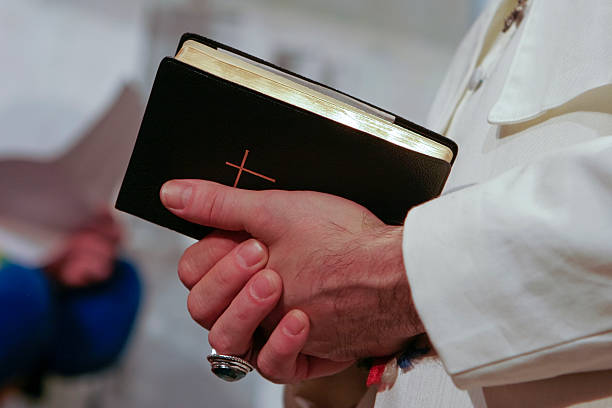Becoming the Pope is a journey deeply ingrained in the traditions of the Catholic Church, governed by a meticulous process known as the papal conclave. The road to the papacy involves a series of spiritual and procedural steps, reflecting the significance of this position as the leader of the worldwide Catholic community.
The process begins with the vacancy of the Papal See, which occurs upon the death or resignation of the current Pope. The College of Cardinals, high-ranking members of the Catholic Church appointed by the Pope, is then summoned to gather in Rome. The assembly, known as the papal conclave, takes place within the Vatican, with the cardinals secluded from the outside world.
Cardinal eligibility plays a crucial role in the papal election process. Only cardinals who are under the age of 80 are eligible to participate in the conclave. This age restriction ensures that the electors are likely to serve for a reasonable length of time and that they are not influenced by undue external pressures.
The voting process is a solemn and secretive affair. The cardinals cast their votes in multiple rounds, aiming for a two-thirds majority to elect a new Pope. The chosen candidate must accept the position, and upon agreement, he selects a papal name, often indicative of the themes or figures important to him spiritually.
The setting for the papal conclave is the Sistine Chapel, with the doors locked to ensure privacy. As each round of voting concludes, the ballots are burned. If no candidate secures the required two-thirds majority, black smoke emerges from the chimney, signaling to the waiting crowd in St. Peter’s Square that no decision has been reached. Conversely, white smoke signifies the successful election of a new Pope.
Once elected, the Pope is asked if he accepts the position. Upon affirmation, he is introduced to the world from the balcony of St. Peter’s Basilica. The newly appointed Pope delivers the first blessing, “Urbi et Orbi,” to the city (Urbi) and the world (Orbi). This moment marks the official beginning of his papacy.
The papal election process is a blend of spiritual discernment, ecclesiastical tradition, and historical rituals. It reflects the profound responsibility and authority bestowed upon the leader of the Catholic Church. The journey to becoming a Pope is a spiritual calling, intricately woven into the fabric of religious governance, and carries a weight of historical significance that transcends generations.



